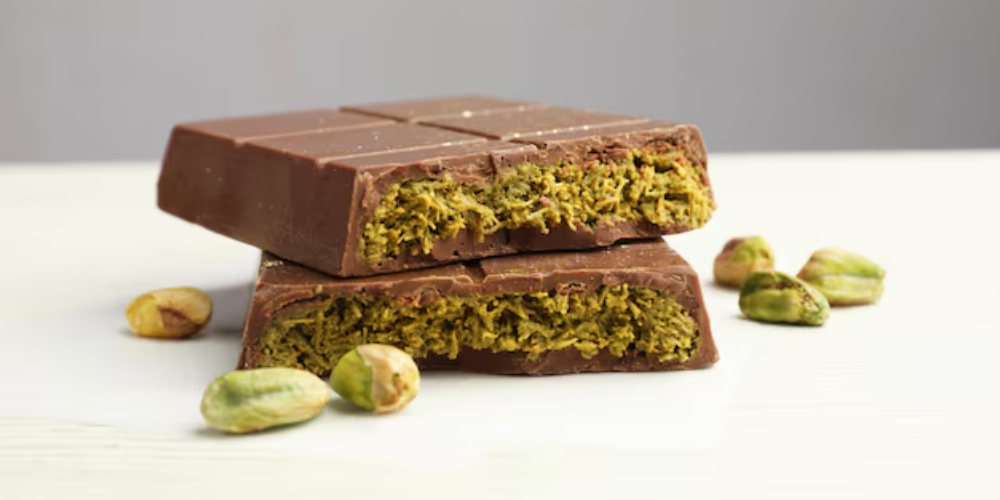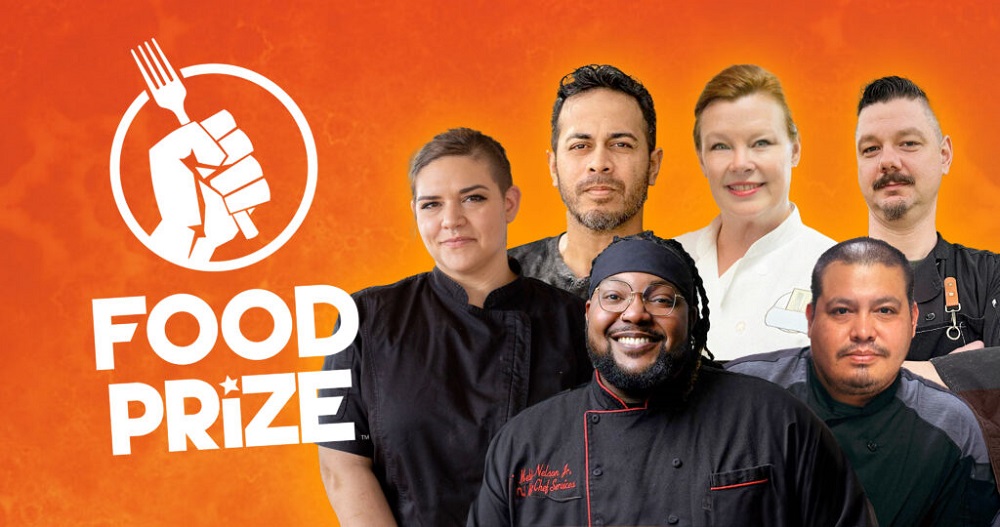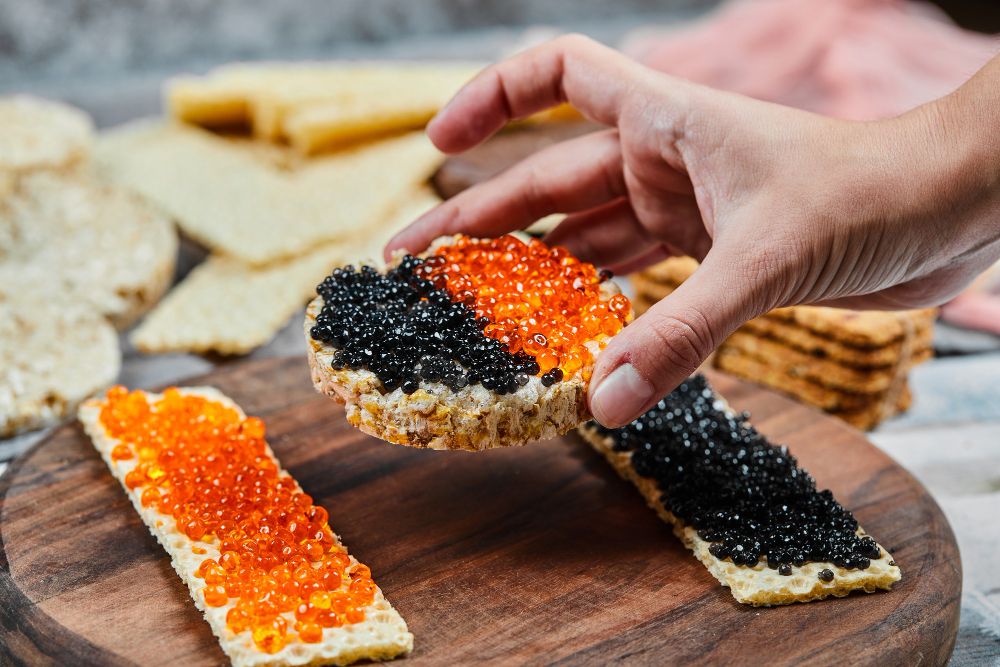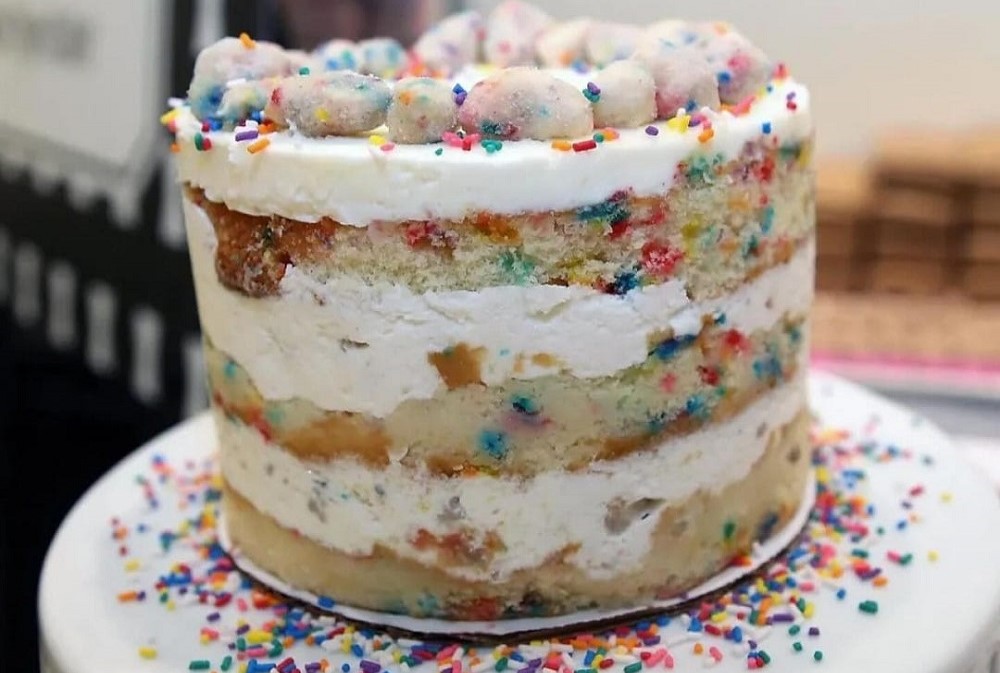Every so often, a dessert captures the internet’s imagination—and this year, it’s the Dubai chocolate bar. A glossy coat of chocolate, a silky pistachio center, and a perfect crunch made it impossible to resist. Its rise began on TikTok, spread across news feeds worldwide, and catapulted pistachio to the top of 2025’s flavor trends.
The response has been overwhelming. Retailers can’t restock fast enough, pistachio prices have climbed, and copycats have flooded the market. “This is literally the most viral thing on the internet,” said Jack’s Dining Room in a TikTok video viewed more than 12 million times.
Stew Leonard Jr., CEO of Stew Leonard’s grocery stores, told the Associated Press that he had “never seen a single item sell like this in 50 years of retailing.” That statement alone shows how a once-local dessert became a global food obsession.
The Birth of the Viral Bar
The phenomenon started in 2021 at Fix Dessert Chocolatier in Dubai. Co-founder Sarah Hamouda and her team created the “Can’t Get Knafeh Of It” bar, a nod to the beloved Middle Eastern dessert, knafeh. The bar combined a smooth milk chocolate shell with a luxurious pistachio cream filling.
Priced at 68.25 AED (about $26 CAD), the bar wasn’t just a sweet treat; it became a luxury statement. Hamouda said, “It’s been incredibly humbling to see our original ‘Can’t Get Knafeh Of It’ bar start a whole new confectionery category. We love seeing small businesses inspired by our ‘Dubai Chocolate’ flavor, from doughnuts in Canada to matcha drinks in Japan.”
The demand grew so intense that Fix Dessert Chocolatier began limiting sales to two specific time slots each day, 2 p.m. and 5 p.m. local time, and only through Deliveroo or at Dubai Airport. Even then, the bars sold out in minutes. According to Hamouda, their system sometimes registered 100 orders per minute.
TikTok’s Sweet Explosion
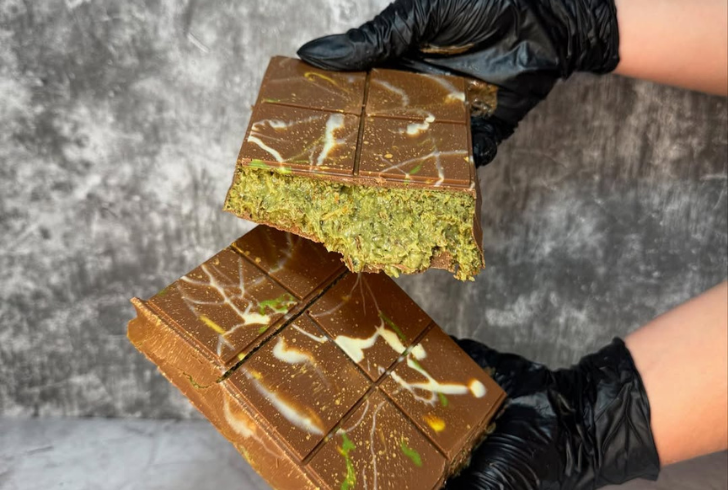
Instagram | @sushi.shpak_london | The viral Dubai chocolate bar sensationally redefined global dessert and snack culture via TikTok.
Social media made this dessert a star. The Dubai chocolate trend caught fire in late 2023 when influencer Maria Vehera posted a video biting into the glossy bar, letting the pistachio filling ooze out. That clip, with more than 139 million views, transformed the dessert into an internet legend.
Comments flooded in instantly. “Do you know what you caused?” one user asked. Others credited her with starting “the whole pistachio movement.”
From there, thousands of creators joined in, cutting, breaking, and biting into pistachio-filled chocolate on camera. Some even sculpted massive chocolate bunnies and filmed themselves eating them whole, gathering tens of millions of views.
On TikTok alone, videos tagged #DubaiChocolateBar now exceed 61,000 posts, while Pinterest and Google searches continue to trend high worldwide.
Copycats Around the Globe
As the Dubai chocolate bar dominated feeds, brands across continents hurried to recreate it. Canadian chocolatier Purdy’s launched a “Pistachio Crunch” bar, Rocky Mountain Chocolate and Peace By Chocolate added their twists, and major retailers like Costco and Walmart jumped into the game.
Boutiques like Ottawa’s Pistachio Choco and Toronto’s Turkish Mart also got creative, while bakeries including Winnipeg’s Oh Doughnuts and Toronto’s Machino Donuts turned the trend into pistachio-filled pastries. On eBay, collectors now pay up to $150 for the original Fix Dessert Chocolatier bar—a testament to how viral dessert culture has become.
Pistachios Take Center Stage
Chocolate may be timeless, but pistachios have stolen the spotlight. It’s hard to say which came first—the global pistachio obsession or the Dubai chocolate phenomenon—but the timing is uncanny. According to ABC News, searches for pistachios began rising in 2021, just as Fix Dessert Chocolatier released its original bar.
By 2025, pistachios had officially become the “flavor of the year.” Food & Wine crowned it as such, while The Guardian dubbed it “the new pumpkin spice.” Starbucks capitalized on the craze, reintroducing its Pistachio Latte and debuting the Pistachio Cream Cold Brew to keep up with customer demand.
The Supply Crunch
The viral fame came at a cost. Soaring demand for pistachios created a global shortage. California’s Meridian Growers reported sharp supply drops, blaming what it called “the Dubai Chocolate effect.” At the same time, Iran—one of the top pistachio exporters—faced a temporary ban from Canada following a 2024 salmonella alert, compounding the shortage and driving global prices up by nearly 30 percent, according to producer Keinia.
The company noted that “the explosive surge in demand fuelled by the viral ‘Dubai chocolate’ TikTok trend” was at the heart of the issue.
The Viral Economy of Food
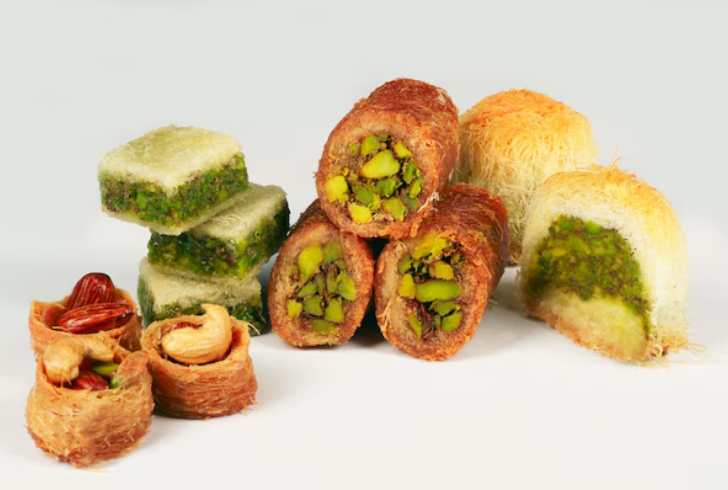
Freepik | ugibhon | Experts predict pistachios’ vibrant color, rich taste, and viral fame will keep them in demand.
Experts see the Dubai chocolate craze as part of a broader digital economy where social media shapes real-world markets almost instantly.
Michael von Massow, food and agriculture professor at the University of Guelph, drew parallels to 2022’s “raw carrot salad” trend that temporarily spiked carrot prices worldwide. “Any food can become trendy,” he said, “but this pistachio boom clearly started with chocolate.”
Platforms like TikTok now influence what people crave, how they shop, and which crops suddenly become valuable commodities.
A Lasting Sweet Legacy
Despite the supply squeeze, pistachios aren’t going anywhere. New products keep rolling out, from pistachio ice cream to protein bars, while the Dubai chocolate bar remains a cultural icon. Hamouda’s small dessert experiment became a global symbol of creativity and viral power.
Even as the next big flavor looms, the Dubai chocolate’s influence endures—a reminder that one spark of innovation can reshape entire industries.

